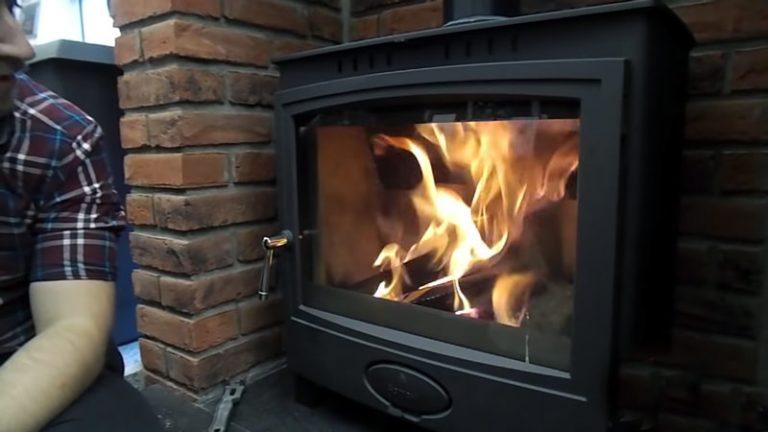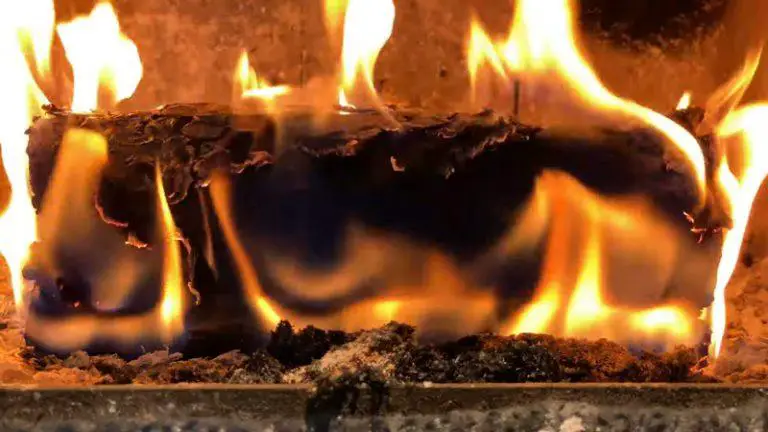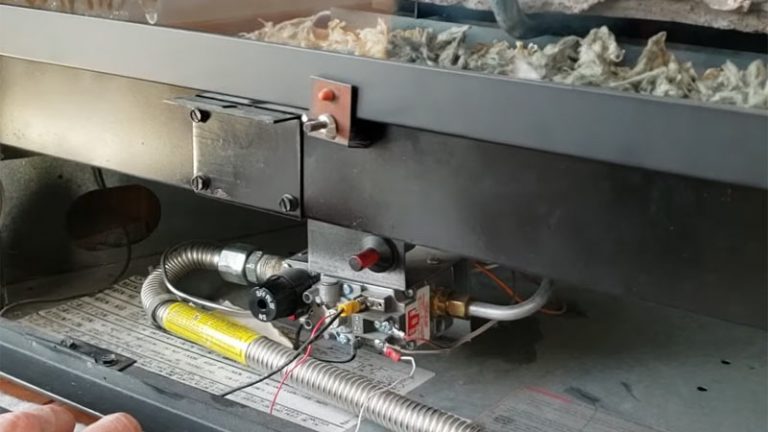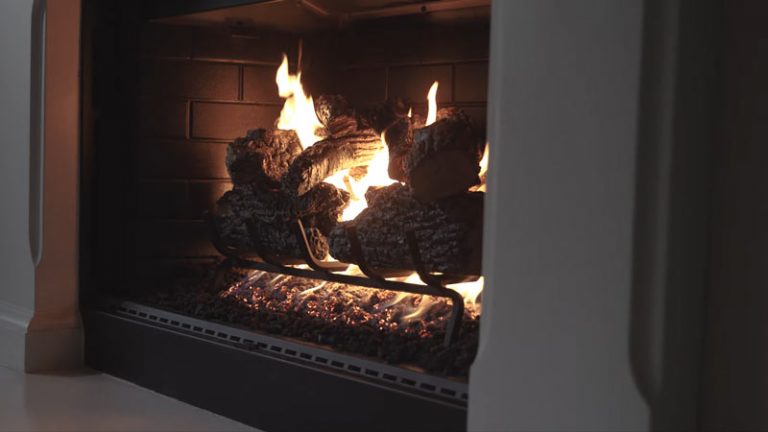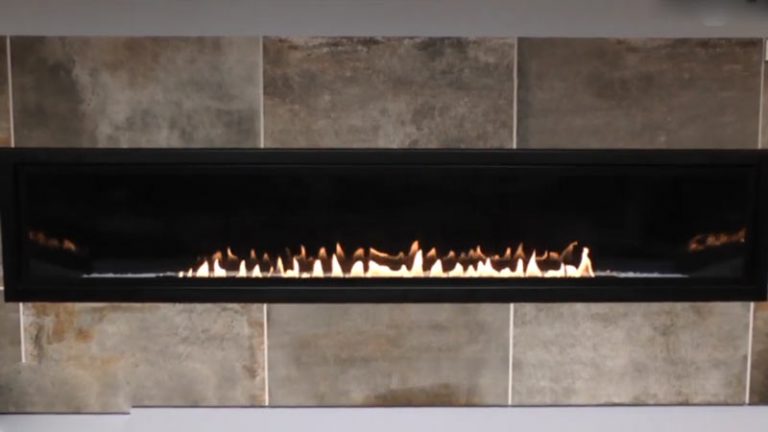Gas Fireplace Uneven Flame: Your Ultimate Guide to Causes and Fixes
A gas fireplace offers warmth and ambiance with the flick of a switch. But what happens when the beautiful, consistent flame you expect becomes a sputtering, uneven fire? A gas fireplace uneven flame is a common issue that can ruin the cozy atmosphere and may signal underlying problems. This comprehensive guide will walk you through the causes of an uneven flame and provide actionable solutions to restore your fireplace’s perfect glow.
Understanding the root of the problem is the first step toward a solution. An uneven flame isn’t just an aesthetic issue; it can indicate inefficiencies or safety concerns that need your attention. We’ll explore everything from simple blockages to more complex gas pressure issues, giving you the confidence to troubleshoot your fireplace.
You'll Learn About
Why Is My Gas Fireplace Flame Uneven? Uncovering the Common Culprits
An uneven flame pattern can be alarming, but it’s often caused by a few common culprits that are relatively easy to address. Before you call a professional, it’s worth investigating these potential issues yourself. Often, a little maintenance is all it takes to get your flames dancing uniformly again.
From dirt and debris to improperly placed logs, the reasons for an inconsistent flame are varied. Identifying the specific cause will help you apply the correct fix and prevent the problem from recurring. Let’s break down the most frequent causes.
Clogged or Dirty Burner Ports
Over time, dust, pet hair, and small debris can accumulate and clog the burner ports—the small holes where the gas comes out. This is one of the most common reasons for an uneven or weak flame. When some ports are blocked, gas flow is restricted, leading to flames that are higher in some spots and lower, or even absent, in others.
Regular cleaning is essential for maintaining a healthy flame. A simple cleaning routine can prevent buildup and ensure gas is distributed evenly across the entire burner. This not only improves the flame’s appearance but also enhances the fireplace’s efficiency.
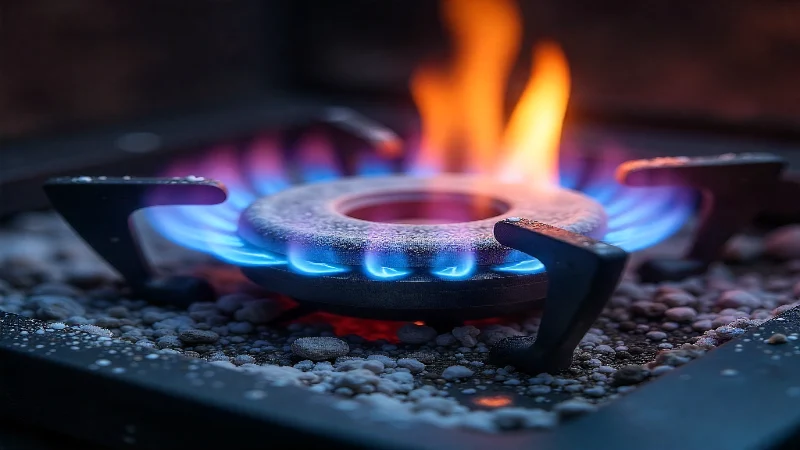
Improperly Placed Logs or Media
The ceramic logs, glass, or rocks in your gas fireplace are not just for decoration; their placement is engineered to ensure proper flame distribution and ventilation. If logs have shifted or media is piled too thickly over the burner, it can obstruct the flow of gas. This forces the flame to seek the path of least resistance, resulting in an uneven pattern.
Always refer to your owner’s manual for the correct log placement. Each log is designed to sit in a specific spot to create a realistic and balanced fire. Incorrect positioning is a primary cause of issues like sooting and uneven flames.
Gas Pressure Problems
Inconsistent or low gas pressure can lead to a weak, flickering, or uneven flame. This could be an issue with the gas supply to your home, a problem with the regulator, or an undersized gas line. If the flames appear weak across the entire burner and not just in specific spots, gas pressure is a likely suspect.
While some homeowners might check that the gas valve is fully open, diagnosing and fixing gas pressure issues should typically be left to a qualified professional. They have the tools, like a manometer, to accurately measure and adjust the pressure.
Air Shutter Adjustment
Gas fireplaces have an air shutter that controls the air-to-fuel mixture. An improper mix can affect flame color and height. If the shutter is open too wide, it can create a smaller, bluer flame; if it’s too closed, the flame might be tall, yellow, and produce soot. Sometimes, an incorrect adjustment can contribute to an uneven appearance.
Adjusting the air shutter can often improve the flame’s quality. This is a relatively simple adjustment that can be done by following the instructions in your fireplace manual. It involves slightly opening or closing the shutter to achieve the desired flame aesthetic.
Step-by-Step Fixes for an Uneven Gas Fireplace Flame
Now that you understand the potential causes, it’s time to get hands-on with the solutions. Always prioritize safety: turn off the gas supply and ensure the fireplace is completely cool before starting any maintenance or adjustments. These steps are ordered from the simplest and most common fixes to more complex issues.
Step 1: Clean the Burner and Pilot Assembly
Cleaning is the first and often most effective step. Debris is a frequent offender when it comes to uneven flames. A thorough cleaning can restore proper gas flow and resolve the issue quickly.
Gather a soft-bristled brush, a vacuum with a hose attachment, and a can of compressed air. First, carefully remove the ceramic logs and any other media, taking note of their original placement. Gently brush the burner surface to loosen any dirt and debris from the ports. Use the vacuum to suck up all the loose particles. For stubborn blockages in the ports, a quick burst of compressed air can be effective.
Step 2: Check and Reset Logs and Media
With the burner clean, it’s time to address the log and media placement. Improper positioning is a common mistake that directly impacts flame distribution.
Consult your fireplace’s manual for the specific diagram showing correct log placement. Each log is usually numbered or shaped to fit in a designated spot. Place them carefully, ensuring they are stable and not directly blocking the burner ports unless the manual specifies to do so. If you have lava rocks or glass, distribute them evenly and avoid piling them too high over the burner.
Step 3: Inspect and Adjust the Air Shutter
If cleaning and log placement don’t solve the problem, the air-to-fuel mixture might be off. Adjusting the air shutter can have a significant impact on the flame’s appearance. The ideal flame is typically blue at the base with yellow or orange tips.
The air shutter is usually a small lever or slide located near the gas valve or on the burner tube. With the fireplace on, you can make small adjustments to see how it affects the flame. Slide it slightly more open for a bluer flame or more closed for a yellower, fuller flame. Be careful not to close it too much, as this can cause soot buildup.
Step 4: Verify the Gas Supply
A simple yet sometimes overlooked cause is an issue with the gas supply itself. Ensure the shutoff valve for the fireplace is fully open. These valves can sometimes be partially closed, restricting the flow of gas and causing a weak or uneven flame.
If you use propane, check the tank level to make sure you aren’t running low on fuel. A nearly empty tank can result in decreased pressure and affect flame performance. If you have other gas appliances, check if they are operating normally. If they are also having issues, the problem may be with your main gas supply.
Troubleshooting Summary: Causes & Fixes
Here is a quick reference table to help you diagnose and address the cause of your uneven gas fireplace flame. This table summarizes the common issues and the recommended course of action for each.
| Symptom | Potential Cause | DIY Fix / Professional Help |
|---|---|---|
| Flames are high in some spots, low/out in others | Clogged Burner Ports | DIY: Turn off gas. Clean burner ports with a soft brush and vacuum. |
| Flame pattern is irregular and concentrated in one area | Improper Log/Media Placement | DIY: Turn off gas. Refer to manual and correctly reposition logs or media. |
| Entire flame is weak, low, or flickering | Low Gas Pressure | Professional Help: Have a qualified technician inspect and adjust gas pressure. |
| Flames are mostly blue and short, or tall and sooty | Incorrect Air Shutter Setting | DIY: Refer to manual and make small adjustments to the air shutter. |
| Rumbling or roaring noises from the burner | Dirty Burners or High Gas Flow | DIY: Clean burners. Professional Help: If noise persists, have pressure checked. |
When to Call a Professional
While many causes of an uneven flame can be fixed with some simple DIY maintenance, there are times when you absolutely need to call a professional. If you smell gas, turn off the supply immediately, leave the area, and call your gas company or a qualified technician from a safe location. Do not attempt to fix a suspected gas leak yourself.
You should also call a professional if you’ve tried the DIY fixes and the problem persists, or if you are uncomfortable performing any of the steps. A certified technician can safely diagnose and repair issues with gas pressure, regulators, gas valves, and thermocouples. Regular professional maintenance is the best way to prevent problems and ensure your fireplace operates safely and efficiently for years to come.
Maintaining your fireplace also includes ensuring proper ventilation. It’s wise to understand the basics of your chimney, such as knowing when you have a gas fireplace flue open, to ensure safe operation. And while fireplaces provide wonderful heat, they are not designed for cooking. For fun campfire-style treats, it’s better to learn how to light Duraflame logs in an appropriate outdoor fire pit, and to understand why you shouldn’t cook on Duraflame logs due to the chemicals they contain.

